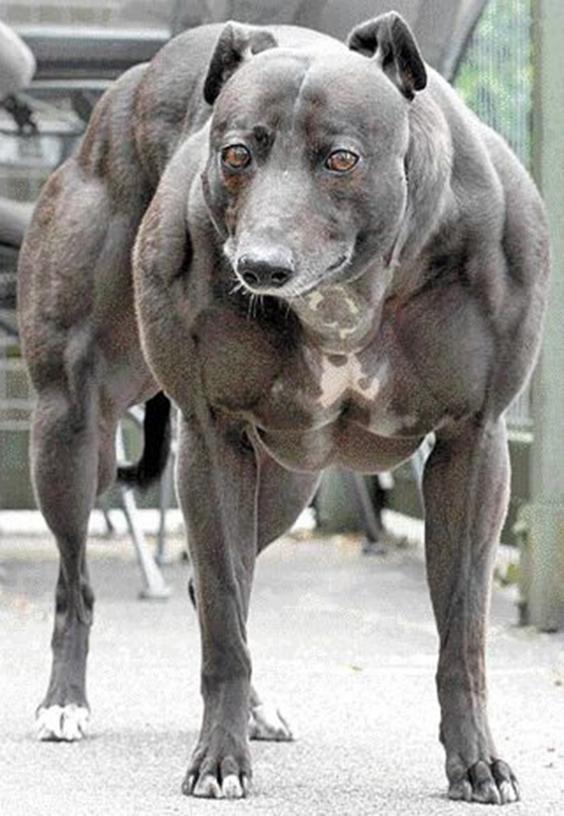Science-Technology
See other Science-Technology Articles
Title: Genetically-engineered, extra-muscular dogs created by Chinese scientists
Source:
Independent
URL Source: http://www.independent.co.uk/news/s ... inese-scientists-a6701156.html
Published: Oct 20, 2015
Author: Andrew Griffin
Post Date: 2015-10-20 19:28:43 by cranky
Keywords: None
Views: 1580
Comments: 1
Researchers hope to go on to create dogs that have human diseases, like Parkinson’s and muscular dystrophy Beagles have been used in the research (file pic) Chinese scientists have created genetically-engineered, extra-muscular dogs, after editing the genes of the animals for the first time. The scientists create beagles that have double the amount of muscle mass by deleting a certain gene, reports the MIT Technology Review. The mutant dogs have “more muscles and are expected to have stronger running ability, which is good for hunting, police (military) applications”, Liangxue Lai, one of the researchers on the project, told the magazine. Now the team hope to go on to create other modified dogs, including those that are engineered to have human diseases like muscular dystrophy or Parkinson’s. Since dogs’ anatomy is similar to those of humans’, intentionally creating dogs with certain human genetic traits could allow scientists to further understand how they occur. To create the dogs, researchers edit out the myostatin gene. If that is inhibited, animals can gain significantly more muscle mass and become much stronger than usual. Recent developments in genome editing allow scientists to edit out or change genes relatively easily. The scientists said that the muscular dogs were mostly a proof of concept, and that they hope to go on to create more edited dogs. The gene was found in 1997, when geneticists created a strain of mice that lacked it, leading the extra-muscular mice to be known as “knockout mice” or “mighty mice”. The beagles, who will be kept at the Guangzhou General Pharmaceutical Research Institute, are from the first dogs to be seen with the genetic quirk. Losing the myostatin gene happens naturally in whippets, and leads to the creation of double-muscled “bully whippets” who are much more strong than standard animals. The change can also happen very rarely for humans. Doctors reported around ten years ago that a child had been born with extra muscles and unusually strong, as a result of being born without the gene. 
Post Comment Private Reply Ignore Thread
Top • Page Up • Full Thread • Page Down • Bottom/Latest
#1. To: cranky (#0)
The double-muscled German boy was born in 2000 and is now fifteen. I've wondered if/when he'll finally surface as an instant celebrity on Teh Interwebs. Sooner or later...
Top • Page Up • Full Thread • Page Down • Bottom/Latest
[Home] [Headlines] [Latest Articles] [Latest Comments] [Post] [Mail] [Sign-in] [Setup] [Help] [Register]

